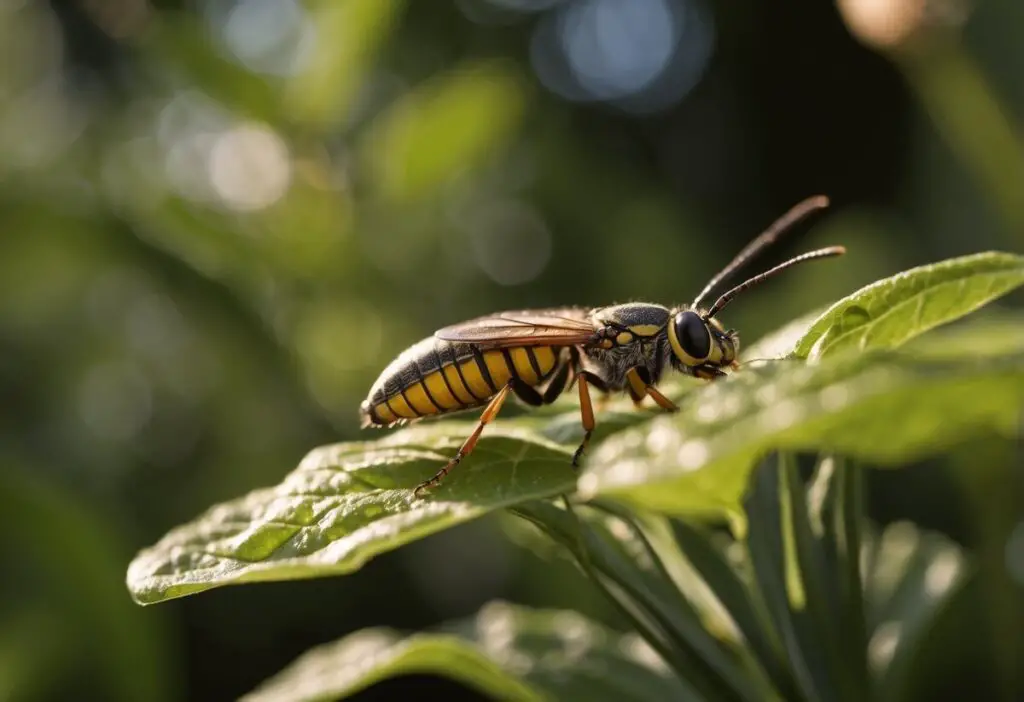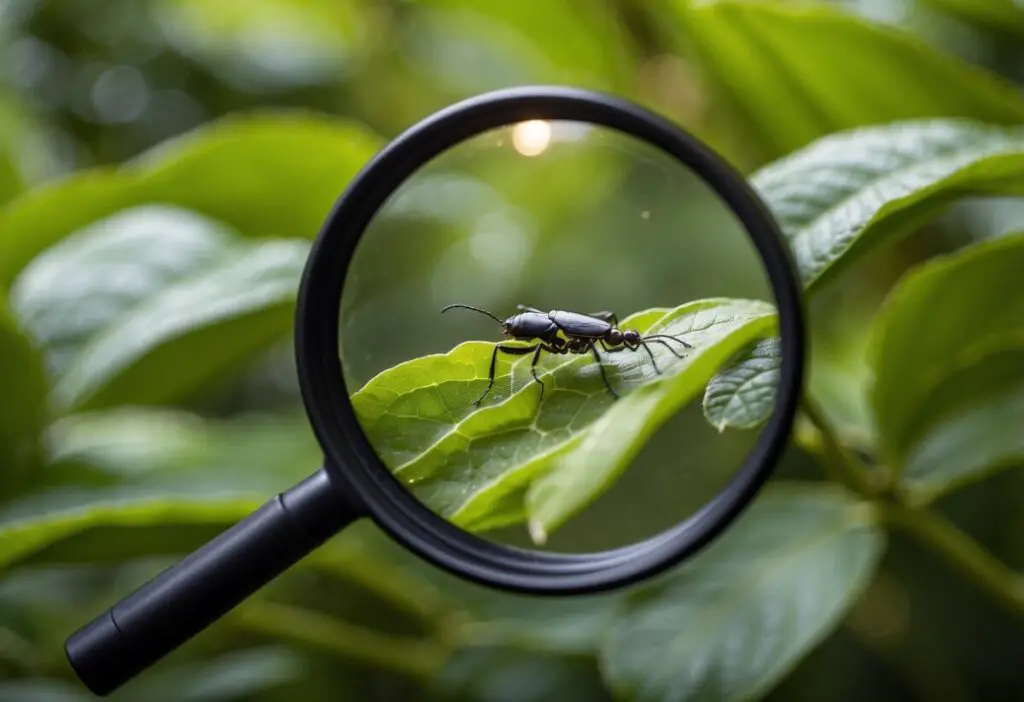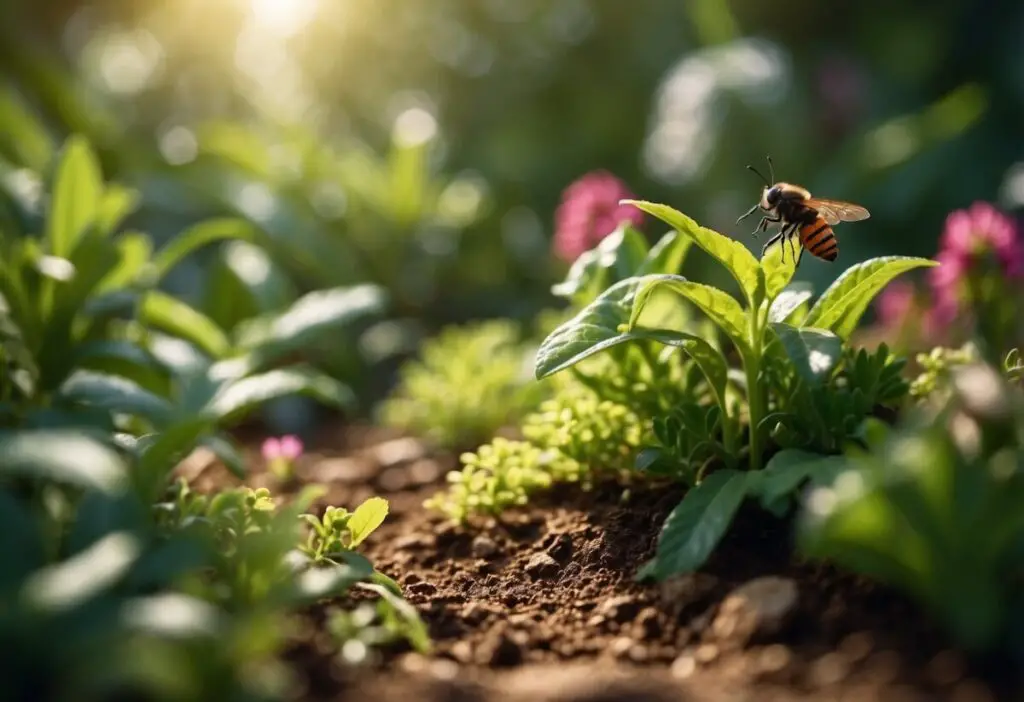Creating bug habitats for kids is an engaging and educational way to introduce them to the wonders of nature. Building a bug habitat allows children to explore ecosystems and gain a hands-on understanding of how different insects contribute to the environment.
With just a few simple materials, you can help bring beneficial insects back into your garden, enriching the local ecosystem.
So dive into the fascinating world of insects with your kids through hands-on activities that blend fun and education. This article encourages curiosity, empathy, and environmental stewardship, making learning an exciting adventure for the whole family!
Table of Content
- Recycled Riches
- Understanding Bug Habitats
- Types of Bug Habitats
- Creating a Bug Habitat at Home
- Benefits of Bug Habitats
- Observing and Documenting
- Conclusion
Recycled Riches: Transform Trash into Buggy Palaces

Start by involving your kids in a fun and creative DIY project like making an insect hotel or a bug box. These habitats can be constructed from items found around the house, making them an accessible activity for all families. For inspiration, you can look at Little Bins for Little Hands, which details how to create these miniature homes.
You can also enhance the learning experience by setting up an observation table or a DIY entomology lab. Resources from PestWorld for Kids provide valuable educational content, games, and lesson plans that can turn bug habitat creation into an immersive STEM project. Your children will love watching their new insect friends thrive in the habitats they helped build.
Understanding Bug Habitats
Bug habitats are the specific environments where different insects live and thrive. These habitats can vary widely but share some common characteristics that support the insects’ survival and growth.
Habitat Basics
Insect habitats can be found almost everywhere on Earth. Insects live in diverse environments such as hot deserts, tropical rainforests, freshwater streams, and even snowy mountains. Approximately 97% of insects live on land, although some do inhabit water.
Your own garden can be a bug habitat, with insects living under logs, stones, and within bushes. Identifying these locations helps you observe insects in their natural surroundings. The adaptability of insects allows them to exploit various environments, making them the most diverse group of organisms on the planet.
Common Characteristics
Bug habitats share several key characteristics. They provide shelter from predators and harsh weather, food sources like plants and smaller insects, and suitable conditions for reproduction. For example, micro-habitats offer very small, specific locations such as beneath leaf litter or under stones where bugs like woodlice thrive.
Insects often build homes like anthills or burrows to protect themselves and support their colonies. Some insects, such as bees, even construct intricate hives. By examining these habitats, you gain insight into how insects adapt their living spaces to meet their basic needs.
Explore these habitats to understand the environmental conditions that support a wide range of insect life.
Types of Bug Habitats
Bug habitats vary widely, from dense forests and open meadows to wetlands and aquatic zones. Each habitat offers unique conditions and resources that cater to different species.
Forests and Meadows
Forests and meadows are rich in biodiversity, providing numerous niches for bugs. In forests, the varied layers of vegetation create habitats for insects like beetles, ants, and butterflies. The canopy offers shelter and food sources, while the forest floor’s leaf litter and decaying wood provide ideal conditions for insects like termites and spiders.
Meadows, with their open spaces and abundant flowering plants, attract pollinators such as bees and butterflies. The tall grasses provide cover and food for grasshoppers and crickets. Additionally, ground-dwelling insects benefit from the soil and plant roots that sustain their life cycles.
Wetlands and Aquatic Zones
Wetlands such as swamps, marshes, and bogs are characterized by waterlogged soils and dense vegetation. These areas are perfect for insects that thrive in moist conditions. Common insects here include mosquitoes, whose larvae develop in stagnant water, and dragonflies, known for their aerial acrobatics above water bodies.
Aquatic zones provide homes for various insects, including mayflies and water striders. These insects are adapted to life in or near water, with some species spending their entire juvenile stage submerged. They play crucial roles in the food web, serving as prey for fish and birds and contributing to nutrient cycling in aquatic ecosystems.
Creating a Bug Habitat at Home
Building a bug habitat can be a fun and educational activity for kids. Key considerations include selecting an ideal location and gathering the right materials for construction.
Choosing the Right Location
When setting up a bug habitat, consider choosing a location that mimics the natural environment of the insects you hope to attract. A shaded area with some direct sunlight is usually ideal. Look for spots that have access to plants, soil, and water.
For instance, placing the habitat near a garden or under a tree can provide both shelter and food sources. Avoid areas with heavy foot traffic to ensure the bugs feel safe and undisturbed. Also, make sure the habitat is easily accessible for observation and maintenance.
Materials and Construction
The construction of a bug habitat involves using materials that can withstand various weather conditions while also providing the necessary environment for insects. Start with a sturdy structure, such as a wooden box or pre-made wooden crate. Ensuring it holds together well is vital.
Fill the structure with different materials like twigs, leaves, and bark. These create small cavities and varying textures where bugs can hide and thrive. Include items like pine cones or straw for additional variety. Secure everything with non-toxic glue or string to prevent materials from shifting.
Regularly check and replace the materials as they decompose to maintain a welcoming space for your tiny guests. This hands-on project can become a long-term commitment to observing and understanding various insect species.
Benefits of Bug Habitats
Creating bug habitats for children offers a wealth of advantages ranging from ecological to educational. Such activities foster a sense of curiosity and help instill an appreciation for the environment.
Ecological Importance
Bug habitats allow children to witness first-hand the roles insects play in ecosystems. Insects are essential for processes like pollination, decomposition, and nutrient cycling. By observing a bug’s habitat, children can see how insects help in breaking down organic matter, which enriches the soil and promotes plant growth.
Additionally, housing bugs can help maintain local biodiversity. When you provide a safe environment, it encourages a variety of insect species to thrive. This practice helps in understanding the benefits of insects, like ladybugs controlling aphid populations, which proves invaluable for natural pest management.
Educational Value for Kids
Building and maintaining bug habitats sparks children’s natural curiosity about the world around them. These activities teach patience and observational skills, as sometimes it takes time to see insects in action.
Such hands-on experiences form a practical introduction to basic scientific principles. Kids can learn about life cycles, species differentiation, and the ecological web by studying insect behavior. Bug habitats also encourage empathy, as children learn to care for living creatures, promoting a sense of responsibility and compassion.
Bug habitats can be an entry point for broader scientific exploration. Lessons learned here can extend to other areas of study, fostering a lifelong interest in science and nature.
Observing and Documenting Inhabitants

To effectively study bug habitats with kids, focus on identification techniques and methods for recording observations. These activities not only educate but also engage children in a hands-on learning experience.
Identification Techniques
Identifying insects requires patience and some basic tools. Use a magnifying glass to closely examine details like body shape, color patterns, and wing structure. Field guides or apps can assist you in pinpointing exact species.
Encourage kids to observe behavioral characteristics like how the insect moves or what it feeds on. Create simple charts showing various insect body parts to help children distinguish between similar species. Capture insects for brief periods using bug vacuums or fine brushes, ensuring safe handling.
Identifying common insects such as ladybugs, earthworms, and bees promotes familiarity. Each successful identification can be marked on a visual chart or journal, making the learning process interactive and continuous.
Recording Observations
Accurate recording of observations is crucial. Use notebooks or digital devices to document findings. Encourage kids to note the date, location, and time of their observations.
Teach them to describe the habitat where the insect was found, such as under logs or on flowers. Encourage the use of drawings and photographs to capture detail.
Organize findings in tables listing various attributes of the insects, such as size, color, and behavior. Allow children to add personal reflections or questions that may guide future observations. Tracking these details over time can help in identifying patterns and understanding insect habits.
Recording observations meticulously helps in building a comprehensive understanding of the bugs’ world and fosters a sense of discovery in young explorers.
Conclusion

Insects play an essential role in our ecosystem, and exploring bug habitats helps you understand their importance. Whether it’s wetlands, forests, or your backyard, each habitat offers unique opportunities to discover different insects. Whether you’re observing them in nature or creating controlled environments at home, each experience adds to your appreciation of these incredible creatures.
Happy exploring!


